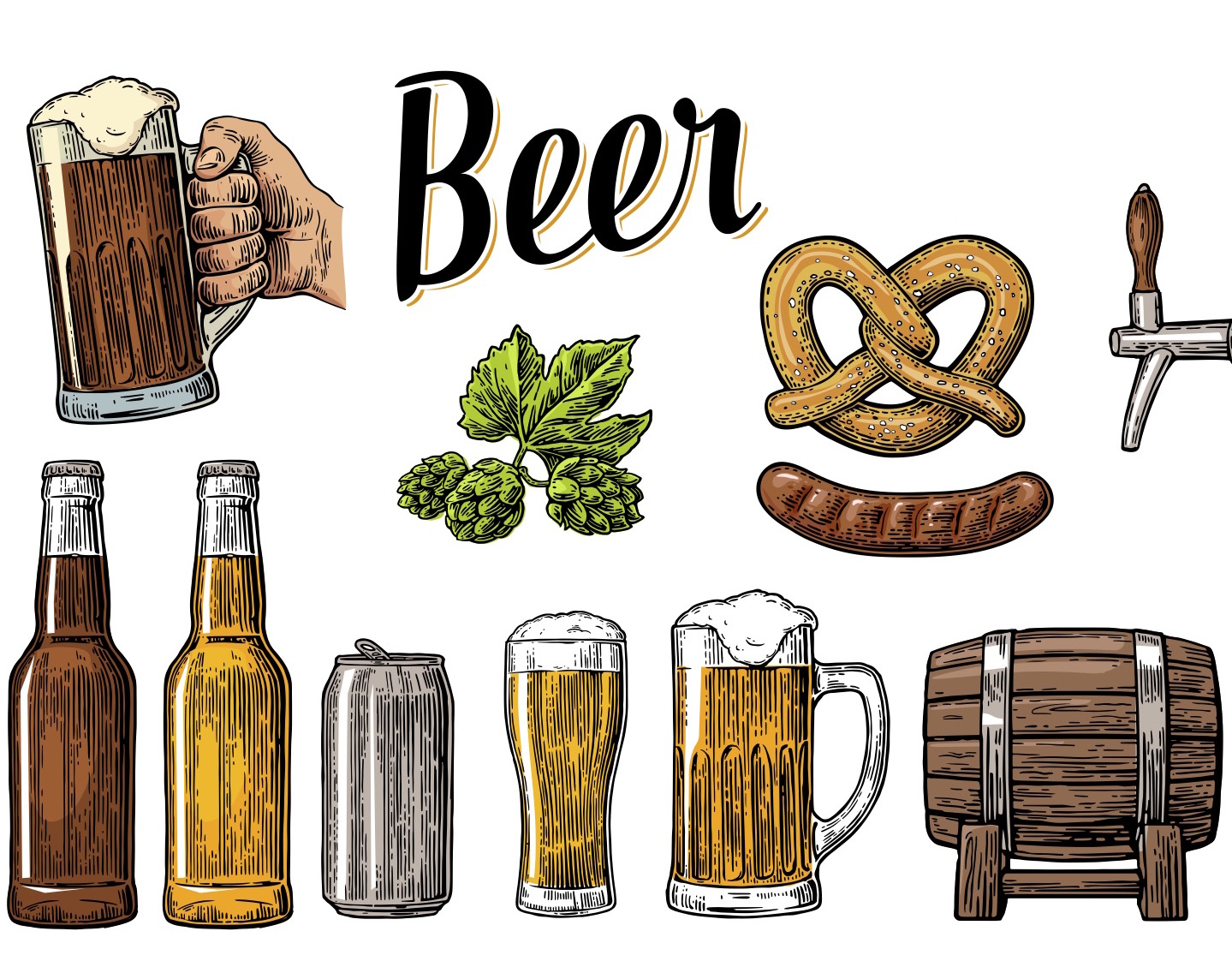Breweries, like other industries, need to benchmark and continuously improve their products. They should look to fellow brewers for help.
By George Taninecz, VP of Research, The MPI Group
Every company and industry can benefit from benchmarking, especially in markets undergoing dramatic growth, as customer expectations and competition change overnight. I thought about this recently when heading out to a craft brewery.
In 2011, I was given the book Ohio Breweries.[1] I had hoped to drink at each of the 49 breweries listed within a year, but managed to stop at only a dozen or so. I liked every beer at every brewery I visited. Some ales were superior to others, but all were enjoyable. It was fun to talk to owners and brewers, who were proud of their products and the hard work required to get their enterprises up and running. On each visit, I looked forward to walking into a new brewery and checking out the ales, the vibe, and the nuances that made each unique.
There are now 173 breweries in Ohio, of which 39 opened in 2016.[2] And as much as I like beer, I’ll never visit that many in a year — although I may try.
But then last month, as I traveled to a new brewery, I experienced a new reaction: I was apprehensive.
As the local industry grew, I found a few breweries whose products were simply awful. Undrinkable. It’s clear to me — and to fellow beer snobs and brewers — that these establishments have major process problems that damage the quality of their beer. It boggles my mind that the owners and brewers at these places aren’t aware of this. I gave each a second try, whether at the brewery itself or by sampling their distributed products, but they had not improved in over a year.
I bet that other beer drinkers are encountering this phenomenon. Nationwide, the number of craft breweries has grown from 2,420 in 2012 to 5,234 in 2016.[3] I hope (and believe) that the market for these breweries will continue to expand as well. Consumers crave craft products, and it’s hard to see the trend reversing, especially among younger drinkers. And I pledge to do my part to support the industry, trying ales from as many breweries as possible, in Ohio and across the country.
But a growing industry always faces a growing problem: competition. With so many more options, the grace period for bad beers and bad breweries is shorter than ever — and fewer drinkers, myself included, feel compelled to give bad breweries a second chance.
I truly want to see every entrepreneur succeed, especially brewers. In the past, when I visited a disappointing brewery, I left a half-finished beer, hoping that the message could be seen in my glass. Subtlety is not working.
The next time I’m served a bad beer, I’ll politely let the brewer know why I didn’t like it — to clearly recognize a problem is the first step in solving a problem. I encourage all beer drinkers and brewers to be vocal about bad beer, and to encourage the bad brewers to look to their peers for guidance. The best brewers already do this, benchmarking each others’ beers and pushing each other’s products to higher levels of quality, taste, and distinctiveness. In doing so, they boost their sales and profits as well.
In brewing (as in every industry), the bar is always being raised (pun intended). Help every entrepreneurial brewer ascend. Praise the good. Point out the bad. And pour me another IPA, please.
© 2017 The MPI Group
[1] Rick Armon, Ohio Breweries, Stackpole Books, Mechanicsburg, Pa., 2011.
[2] Ohio Craft Beer Facts, Ohio Craft Brewers Association.
[3] Number of Breweries, Brewers Association.

